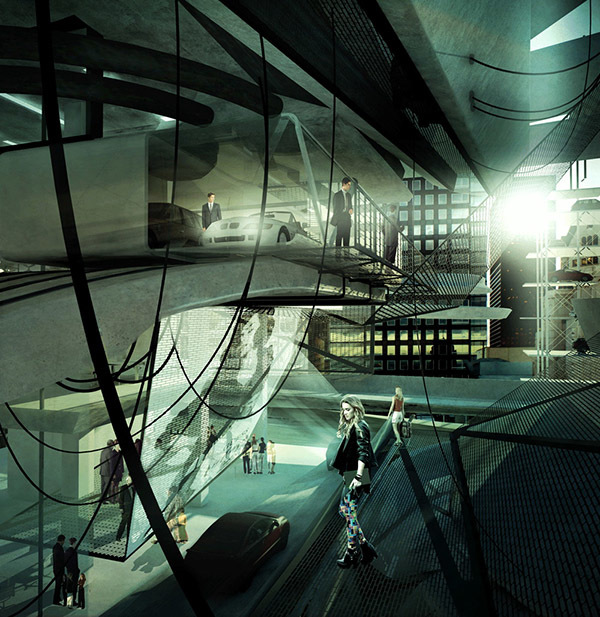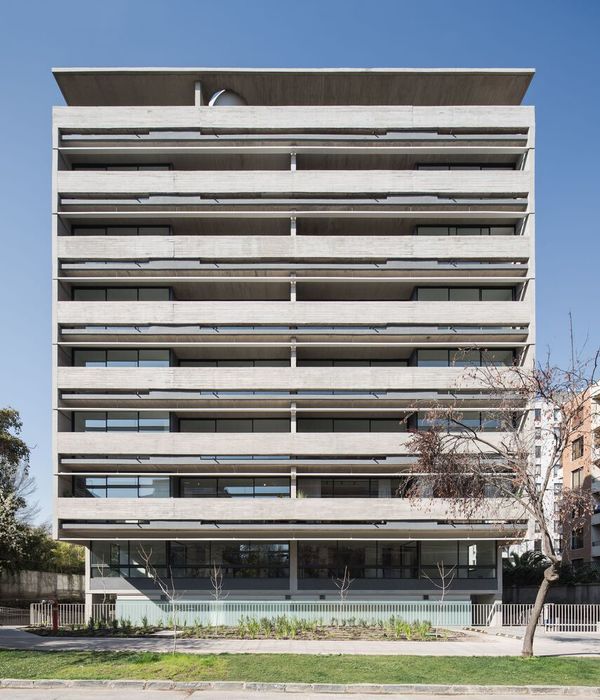The public primary school of Mwito is located in Nyamasheke district, at the shores of lake Kivu. The steep plot has views over the lake and the neighboring Eastern DRC. We built the new pre-primary school at the north-east of the plot, right below the primary school, with striking views over the lake, the rice fields on the lower wetlands, and the further mountains of Congo. Three stimulation rooms, one kitchen, a set of composting toilets, a multipurpose space, a network of semi-covered play areas, and an open playground area compose the pre-primary school compound. The design, implementation process, and running of this project aimed at a zero-carbon footprint. We recycled as many materials as possible (a total of 50% of the construction materials) from the dismantling of the coffee-processing factory at the Old Rwandex in Kigali, the former flagship of the Rwanda Trading Company, who funded the school construction.
Recycled materials include all the metal structure, openings, and some of the metal in the furniture; the plywood used in fixed and movable furniture; and the tiles used at the composting toilets. The rest of the materials (sand, gravel, fired bricks) were produced in the surrounding communities of Kamembe and Nyamasheke, with only the cement and metal sheeting coming from Kigali. The design reduces the use of cement radically, which is only found on floors and the brick masonry; the earth works (soil retention and water management) use local knowledge on terracing and use of indigenous plants and a fired brick underground dome as water harvesting.
The double composting pit toilets use worms to produce compost that is used to grow food for the school’s feeding program in the Kitchen gardens placed in the edges of the plot, reducing the use of water and land. The pre-primary school is off-grid maximizing natural lighting and ventilation for comfort of pupils and caregivers and to enhance stimulation and concentration. A longitudinal skylight facing south provides ideal zenith indirect light, which added to the big windows allow for adequate lumens on table surface.
In terms of design and construction process and community engagement, prior to the construction of the building, we held meetings with local and school leaders, coffee growers, teachers and parents, and Rwanda Trading Company management and workers in the area. Parents and coffee growers were hired in the construction of the school providing them with added skills and income generation. In spite of a continuous effort some religious and district leaders felt left out and put barriers later on, in the acquisition of construction permits and opposed some of the technical solutions.
The playground equipment was designed for durability, stimulation of different physical, cognitive, and socio-emotional development, while having a fun time. Made out of recycled and local materials, only the climbing holds were imported due to lack of secure holds produced in the region. All of the semi covered areas with outdoors blackboards and a demonstration kitchen are designed to engage the parents and the larger community after school hours, with potential to host community meetings as well as parental education and nutrition sessions.
{{item.text_origin}}












